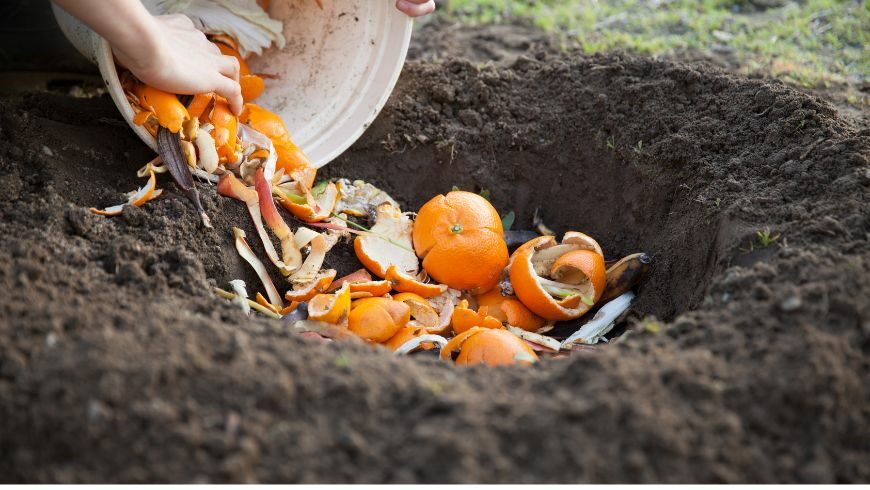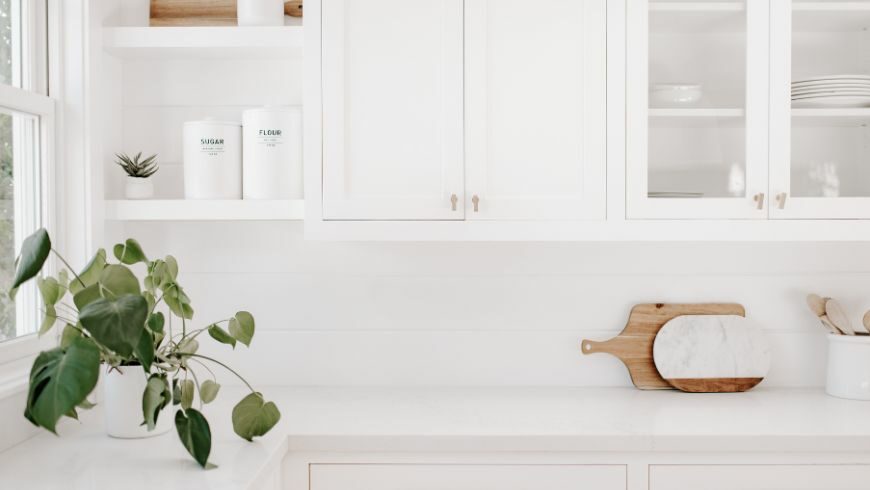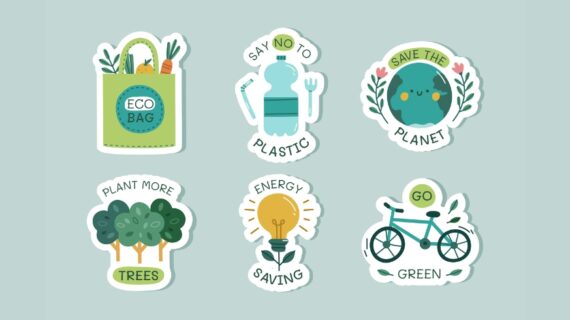When setting up a new home, it’s important to consider the impact our purchasing decisions have on the environment. Adopting eco-friendly purchasing practices isn’t just a trend; it’s a commitment to a healthier planet. Learn how to choose home essentials that are both ethical and environmentally friendly.
Understanding the Basics of Eco-Friendly Products
The first step in adopting eco-friendly purchasing practices is understanding what makes a product eco-friendly. Typically, these products are made from sustainable materials, have a minimal environmental footprint during production, and are designed to be durable or biodegradable.
When shopping for home essentials, look for items that have certifications like Fair Trade, Organic, or Energy Star. Additionally, consider the life cycle of products, from the sourcing of raw materials to their ultimate disposal or recycling. Products that contribute to a circular economy, where waste is minimized, and resources are reused, are also ideal choices for eco-conscious consumers.
Kitchen Essentials
The kitchen is a great place to start your eco-friendly journey. Opt for reusable products like cloth napkins and beeswax wraps instead of single-use paper towels and plastic wraps. When it comes to appliances, look for energy-efficient models that save electricity and reduce your carbon footprint. Consider investing in cookware made from sustainable materials like bamboo or recycled metals.

In addition, choosing local and organic food can significantly reduce your meals’ carbon footprint. Implementing a composting system for organic waste can also help reduce landfill waste and provide nutritious soil for your garden.
Furnishing Your Home Sustainably
Furnishing your home can be done sustainably, too. Look for furniture made from recycled or responsibly sourced materials. Thrift stores, second-hand shops, and antique stores are great places to find unique pieces that don’t contribute to additional manufacturing processes.

For new items, check if the manufacturer has a sustainability policy and uses eco-friendly materials. Investing in high-quality, timeless pieces can also be a sustainable choice as they tend to last longer, reducing the need for frequent replacements. When it comes to decor, opting for materials like recycled glass, sustainable wood, or upcycled items adds both beauty and a green touch to your home.
Eco-Friendly Bathroom Products
In the bathroom, reduce waste by choosing products that require less packaging or are refillable. Biodegradable toiletries, bamboo toothbrushes, and organic cotton towels are great choices. Water-saving showerheads and faucets can also significantly reduce your home’s water usage.
Consider switching to shampoo bars and soap bars to avoid plastic containers. Look for toilet paper made from recycled materials or sustainable bamboo. Remember, small changes in daily routines, like turning off the tap while brushing teeth, can contribute significantly to water conservation.

Cleaning Products That Care for the Environment
Cleaning products often contain chemicals that can be harmful to the environment. Choose natural cleaning products or use ingredients like vinegar, baking soda, and lemon. These options are more eco-friendly, and they’re also often cheaper and just as effective.

Avoid products with microplastics and choose biodegradable sponges and scrubbers for cleaning. When purchasing cleaning products, check for eco-labels that indicate lower environmental impact and consider bulk buying to reduce packaging waste.
Energy Efficiency in Your Home with Eco-Friendly Purchasing Practices
Making your home energy efficient is a key part of eco-friendly purchasing practices. Simple changes like switching to LED light bulbs, smart thermostats, and sealing drafts can significantly reduce your home’s energy usage. If possible, consider investing in renewable energy sources like solar panels.
Likewise, investing in energy-efficient appliances can have a substantial impact over time. Using energy-saving settings on these appliances further enhances their efficiency. Properly insulating your home and using energy-efficient windows can also significantly cut down on heating and cooling costs.
Textiles and Decorations
Choose organic and natural fibers for home textiles like curtains, rugs, and bedding. These materials are often more sustainable and have a smaller environmental footprint. For decorations, consider DIY projects using recycled materials or supporting local artisans who use sustainable practices.

Using second-hand items or repurposing old textiles can add a unique charm to your home while being eco-friendly. Look for dyes and materials that are non-toxic and have minimal impact on the environment.
Tech and Entertainment
Technology and entertainment products can also be part of your eco-friendly purchasing practices. Get energy-efficient TVs, speakers, and other electronics. Buy refurbished items to extend the lifespan of existing products and reduce e-waste.
When disposing of old electronics, ensure proper recycling to prevent harmful materials from harming the environment. Opting for digital downloads over physical media can also reduce your carbon footprint.
Gardening and Outdoor Spaces
If you have a garden or outdoor space, implement eco-friendly practices like composting and using organic fertilizers. Choose native plants that require less water and are better for local wildlife.

For outdoor furniture, opt for items made from recycled materials. Collecting rainwater for irrigation and using solar-powered lights can further enhance the sustainability of your outdoor spaces. Creating a habitat for local wildlife, such as bird feeders and insect hotels, contributes positively to your local ecosystem.
Investing in Longevity and Quality
Opting for items that are built to last reduces the need for frequent replacements. Although they might have a higher upfront cost, durable products often prove to be more economical in the long run. This practice reduces waste and the environmental impact associated with producing new items.
Embracing Minimalism
Adopting a minimalist approach in your home helps you avoid unnecessary purchases. This not only keeps your living space uncluttered but also reduces the demand for goods, ultimately contributing to a lesser environmental footprint.

Supporting Local and Small Businesses
Purchasing from local businesses can be more eco-friendly. Local products often have a smaller carbon footprint due to shorter transportation distances. Supporting local artisans and small businesses also helps promote community sustainability and ethical labor practices.
Responsible Disposal and Recycling
When replacing old items, make sure to recycle or dispose of them responsibly. This includes electronics, furniture, and appliances. Some companies offer take-back programs or recycling services for their products.
Making a Difference with Every Purchase
Adopting eco-friendly purchasing practices for your new home is a step towards a more sustainable future. Every product choice we make has an impact, and by choosing ethical and environmentally friendly options, we contribute to a healthier planet. Remember, the sustainability journey is ongoing, and every small change counts.
Author’s bio:

Lyra Farmer is a seasoned expert at Verified Movers Reviews, a leading platform for detailed, professional assessments of moving services across the United States. She specializes in offering comprehensive and trustworthy moving company reviews based on years of experience. With a strong focus on accuracy and customer satisfaction, her work reflects credibility and high standards. Lyra’s commitment to delivering reliable information aids customers in making informed decisions, ensuring stress-free relocations.




